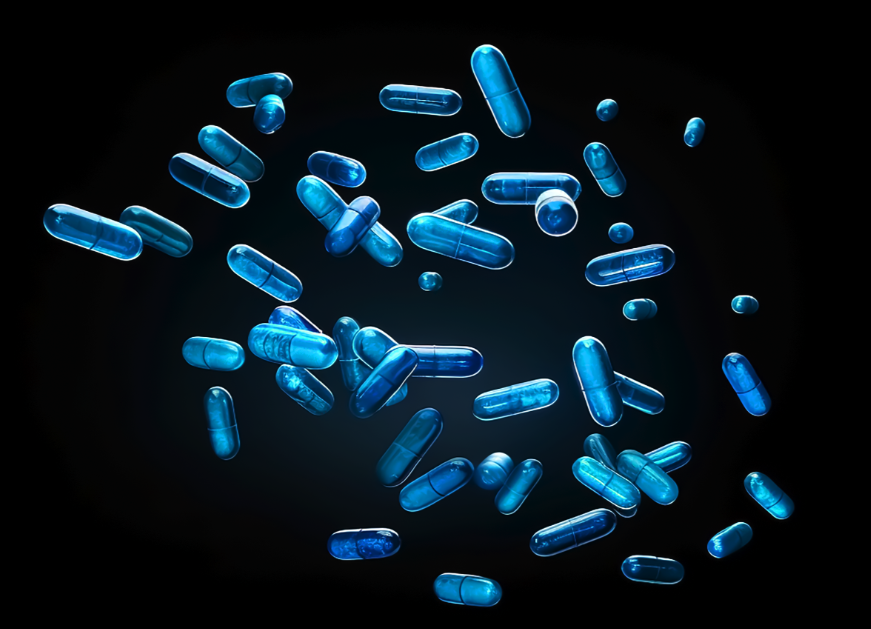Synthetic biology holds immense promise for revolutionizing healthcare, agriculture, and environmental protection. However, traditional workflows are hampered by slow, error-prone manual pipetting, especially when dealing with tiny volumes. This bottleneck hinders research progress and increases costs.
Explore how precision liquid handling technologies, like the I.DOT Liquid Handler, address these challenges (Fig. 1). By automating accurate dispensing of volumes as low as 3 nL, precision liquid handling streamlines workflows, minimizes errors, and increases consistency across labs. This translates to faster research, reduced costs, and more reliable results.

Figure 1. The I.DOT Liquid Handler automates accurate dispensing of volumes as low as 3 nL, precision liquid handling streamlines workflows, minimizes errors, and increases consistency across labs.

The benefits of precision liquid handling in DNA manipulation, cell culture, and high-throughput screening are all crucial stages in synthetic biology production. With these advancements, researchers can unlock the full potential of synthetic biology and accelerate scientific discovery.
To see how precision liquid handling is accelerating breakthroughs in synthetic biology, read our blog post "Precision Liquid Handling in Synthetic Biology Production."
Gene synthesis, a cornerstone of synthetic biology, allows researchers to create customized DNA sequences for various applications. However, traditional methods are slow, prone to error, and struggle with complex sequences. This bottleneck hinders research progress.
Explore how automated liquid handling, exemplified by the I.DOT Liquid Handler, empowers gene synthesis. By automating tasks like reagent dispensing, solution mixing, and sample preparation, liquid handling technologies offer several significant advantages.
The synergy between gene synthesis and automation unlocks transformative potential in synthetic biology. This advancement improves research quality, reproducibility, and ultimately, the pace of scientific discovery.
Explore how automation is taking gene synthesis to the next level in our blog post "The Role of Automated Liquid Handling in Gene Synthesis."
Protein engineering, a key area of synthetic biology, involves modifying proteins for various purposes (Fig. 2). Precise liquid handling is crucial for success, as even tiny errors can disrupt protein folding and function.
 Figure 2. Precise liquid handling is crucial for success, as even tiny errors can disrupt protein folding and function.
Figure 2. Precise liquid handling is crucial for success, as even tiny errors can disrupt protein folding and function.
The challenges of liquid handling in protein engineering include sensitivity to minute inaccuracies and expensive reagents. It highlights the importance of proper calibration, tip selection, dispensing parameters, dead volume minimization, and throughput. By optimizing liquid handling, researchers can achieve faster turnaround times, higher quality outcomes, and a competitive edge in protein engineering advancements.
To explore the crucial role of precise liquid handling in protein engineering, read our blog post "Optimizing Liquid Handling for Success in Protein Engineering."
Drug discovery is a slow, expensive, and high-risk endeavor. High throughput screening (HTS) offers a powerful approach to identify promising drug candidates, but its effectiveness relies heavily on accurate and efficient liquid handling (Fig. 3).

Figure 3. Integrating liquid handling automation accelerates drug discovery timelines and increasing success rates.
Lab automation empowers HTS by:
- Faster turnaround times: Automated liquid handling allows researchers to screen vast libraries of compounds rapidly.
- Enhanced accuracy and consistency: Automation minimizes human error and ensures consistent protocols across labs.
- Reduced costs: Automation reduces wasted reagents and labor costs, allowing researchers to screen more compounds for less.
- Wider scope for discovery: Automation frees up resources, enabling researchers to explore a broader range of potential therapeutics.
To read more about how integrating liquid handling automation further accelerates drug discovery timelines and increasing success rates, read our blog post "The Benefits of Automation in High Throughput Screening."